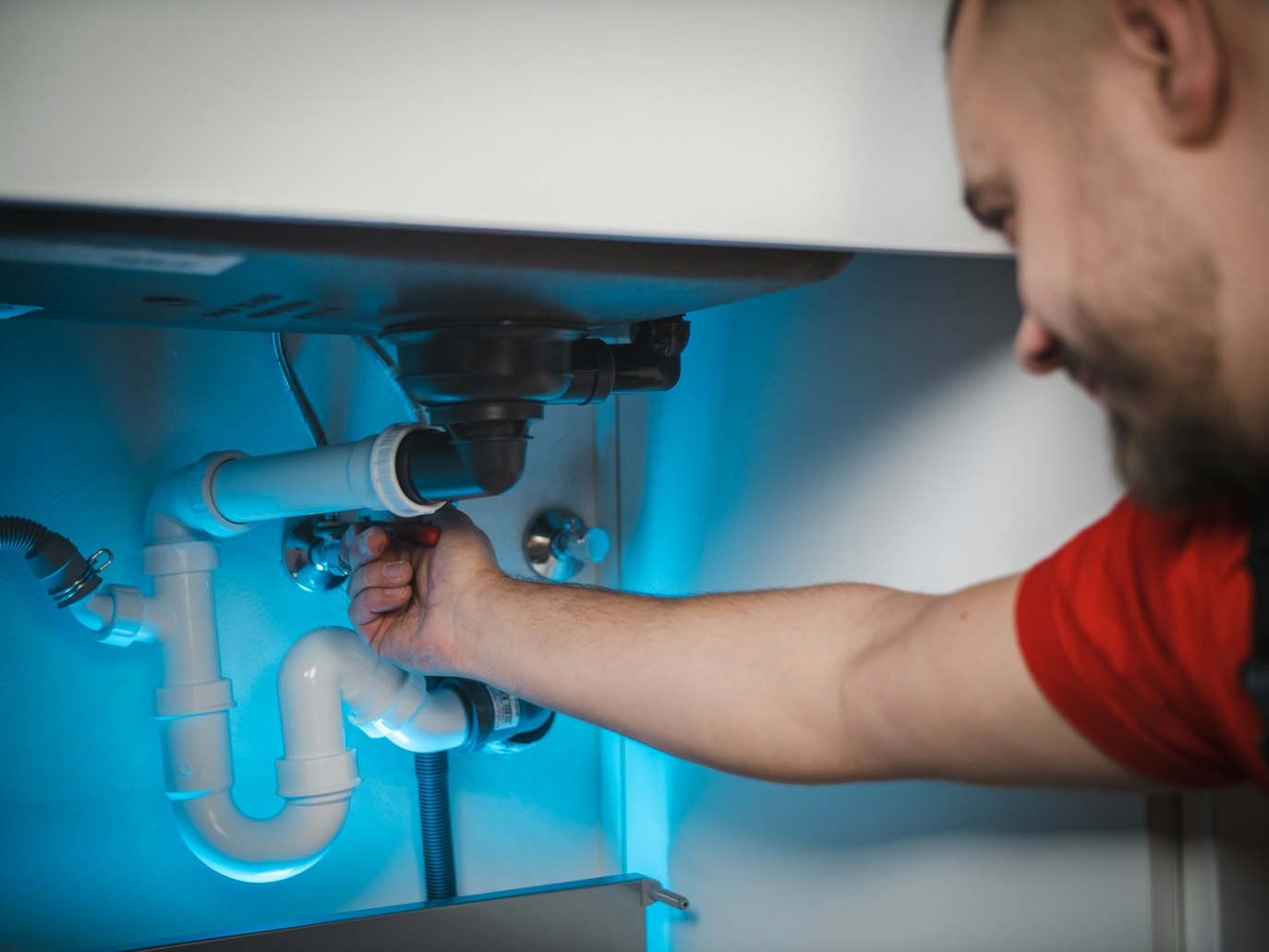What Does Water Damage Do? Understanding the Impact on Your Home

Water is essential for life but can also be incredibly destructive when it enters areas it shouldn’t be, such as your home. Water damage is a common issue that many homeowners face, and comprehending its impact is crucial for protecting your property. Water damage can wreak havoc on your home, from minor leaks to catastrophic floods, leading to structural issues, health hazards, and financial burdens. We will explore how water damage affects your home and the importance of promptly addressing it.
Effects of water damage on your home:
1. Structural Damage:
Water has the potential to dilute the structural integrity of your home. Seeping into walls, ceilings, or floors can usher in rot, mold growth, and deterioration of building materials. Over time, this compromises the resilience of the entire structure, posing severe safety risks.
2.Mold Growth:
One of the most noteworthy concerns associated with water damage is mold growth. Mold thrives in damp, dark environments; once it takes root, it can spread rapidly throughout your home. Mold exposure can yield respiratory problems and allergies, making it paramount to deal with water damage promptly.
3.Electrical Hazards:
When water comes into contact with electrical components, it creates a dangerous situation. Water conducts electricity, and even a tiny amount of moisture can lead to short circuits, power outages, or electrical fires in the worst-case scenario. Always turn off the power supply if water has infiltrated electrical areas.
4.Damage to Belongings:
Water damage doesn’t only affect the structure of your home; it can also eradicate your personal belongings. Furniture, electronics, clothing, and sentimental items are vulnerable to water exposure and may become irreparably damaged.
5.Health Risks:
Aside from mold-related health issues, water damage can usher other health risks. Standing water can become a breeding ground for bacteria and other pathogens, potentially causing infections and diseases if not properly cleaned up.
6.Decreased Property Value:

If left unaddressed, water damage can significantly decrease your property’s value. Potential buyers are wary of homes with a history of water damage, fearing potential hidden issues and future repair costs.
7.Pest Infestations:
In addition to the structural damage, standing water creates a breeding ground for pests such as mosquitoes, termites, and rodents. These unwanted visitors are not only a nuisance but can also cause additional damage to your home’s infrastructure and create further health concerns. Termites, for instance, can feed on the dampened wood, exacerbating the water damage’s effects and making repairs even more challenging and costly.
8.Increased Repair Costs:
As water damage progresses and stays unaddressed, the extent of the destruction intensifies, ushering in significantly higher repair costs. What could have been a small and relatively inexpensive fix can rapidly escalate into a major renovation project. Timely intervention is essential to avoid costly reconstruction and protect your home’s long-term value.
9.Weakening of Foundation:
Water that seeps into the ground enveloping your home’s foundation, can usher in soil erosion, causing the ground to shift and the foundation to become unstable. This undermines the integrity of your home’s structural base and may result in cracks in the walls, misaligned doors and windows, and other serious issues. Repairing the foundation is expensive and can demand extensive work that disrupts your living space.
10. Damage to Insulation:
Water-soaked insulation is significantly less effective in regulating temperature and can usher in increased energy consumption. As a result, your home’s energy bills may rise, and you might need help to maintain a comfortable indoor environment. Replacing damaged insulation is paramount to improving your home’s energy efficiency and reducing long-term utility costs.
11.Aesthetical Concerns:
Aside from structural problems, water damage can leave visible marks and stains on walls, ceilings, and floors. These unsightly blemishes might prevail even after the underlying issues have been resolved. Repairing and repainting these zones may be necessary to restore your home’s aesthetics, counting to the overall cost of the water damage restoration process.
12.Insurance Challenges:
When it comes to water damage, insurance claims can be challenging. Insurance companies often impose strict policies and specific requirements for water damage coverage. If you fail to act promptly to mitigate the damage or if they suspect negligence on your part, your claim may be denied. Inspect your insurance policy and ensure you adhere to all guidelines when dealing with water damage to maximize your chances of a successful claim.
Water damage poses significant risks and challenges for homeowners, as Robinson Restoration reports. Its impact can be far-reaching, from structural issues and health hazards to financial burdens and insurance complications. Being proactive in preventing water damage, promptly addressing any water-related concerns, and seeking professional assistance when needed are essential steps to safeguarding your home from the damaging effects of water. By taking preventive measures and acting swiftly in the face of water damage, you can protect your property and have peace of mind.






